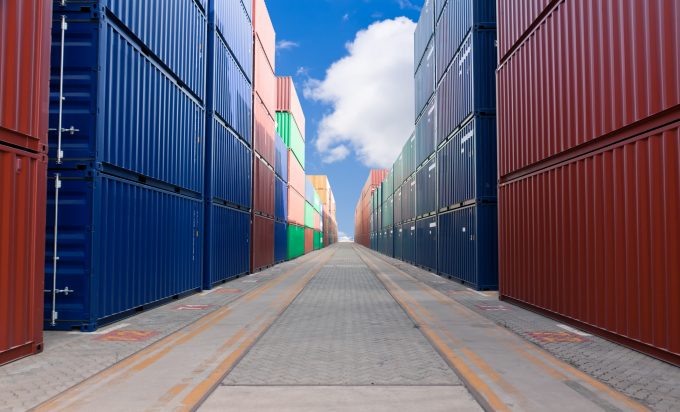DP World completes Cargo Services acquisition
DP World has completed its acquisition of Hong Kong-headquartered freight forwarder Cargo Services Far East ...

An opinion piece last week in The Loadstar responded to the likelihood that a series of ultra-large container vessels (ULCVs, or more recently dubbed by Alphaliner Megamaxes) are now under construction in China and South Korea.
And it set it beside another news story which predicted the era of the full-container-load (FCL) was coming to an end, and posed the perfectly reasonable question: how will carriers overcome the paradox of building bigger ships for smaller consignments?
But I believe there may be ...
'Disastrous' DSV-Schenker merger would 'disrupt European haulage market'
New senior management for DSV as it readies for DB Schenker takeover
Volumes set to 'fall off a cliff' as US firms hit the brakes on sourcing and bookings
Asian exporters scramble for ships and boxes to beat 90-day tariff pause
Amazon pushes into LTL for small package fulfilment and UPS does a u-turn
Temporary tariff relief brings on early transpacific peak season
Pre-tariff rush of goods from US to China sees air rates soar, but not for long
Forwarders 'allowing the fox into the chicken run' by supporting 'hungry' carriers

Comment on this article